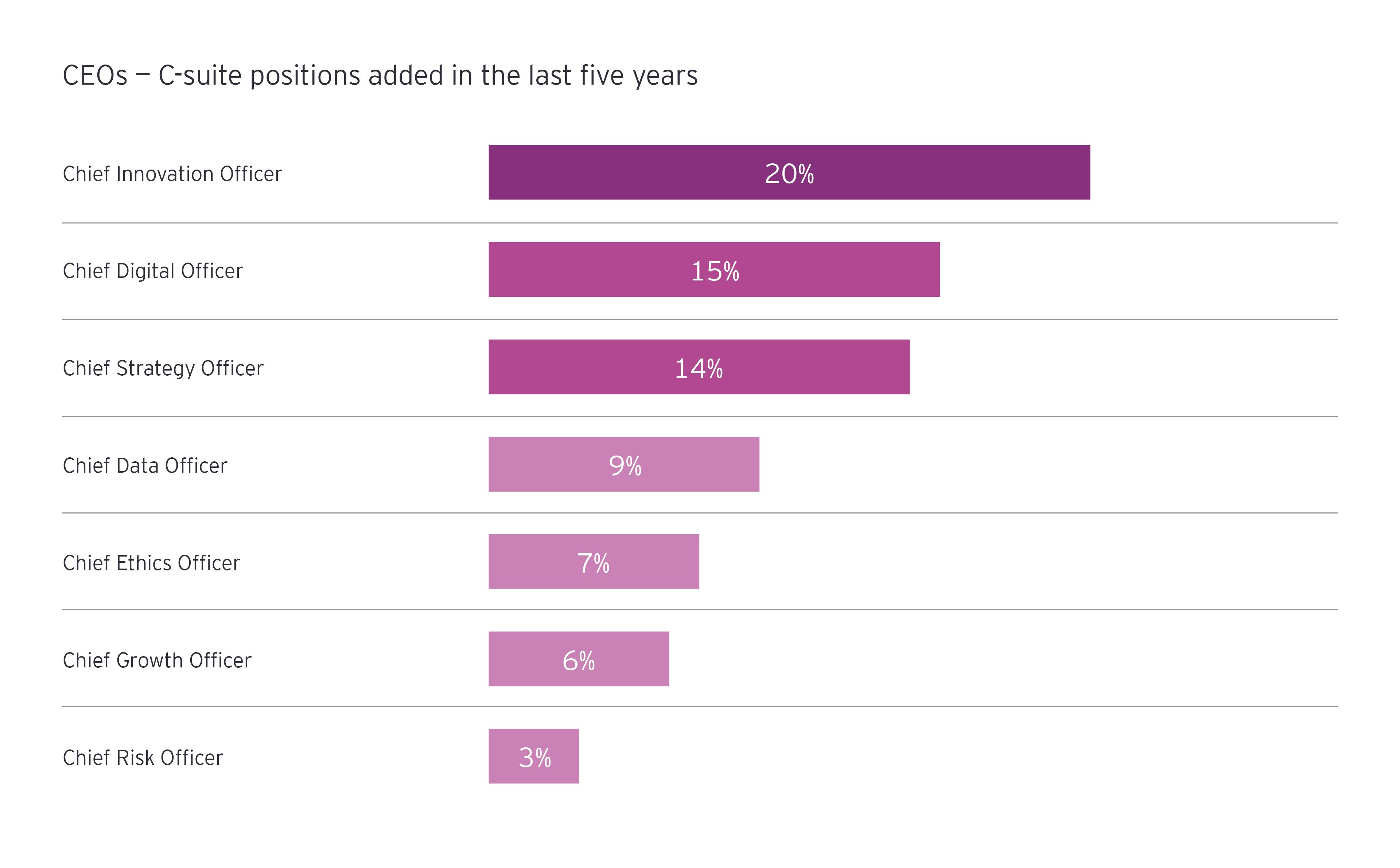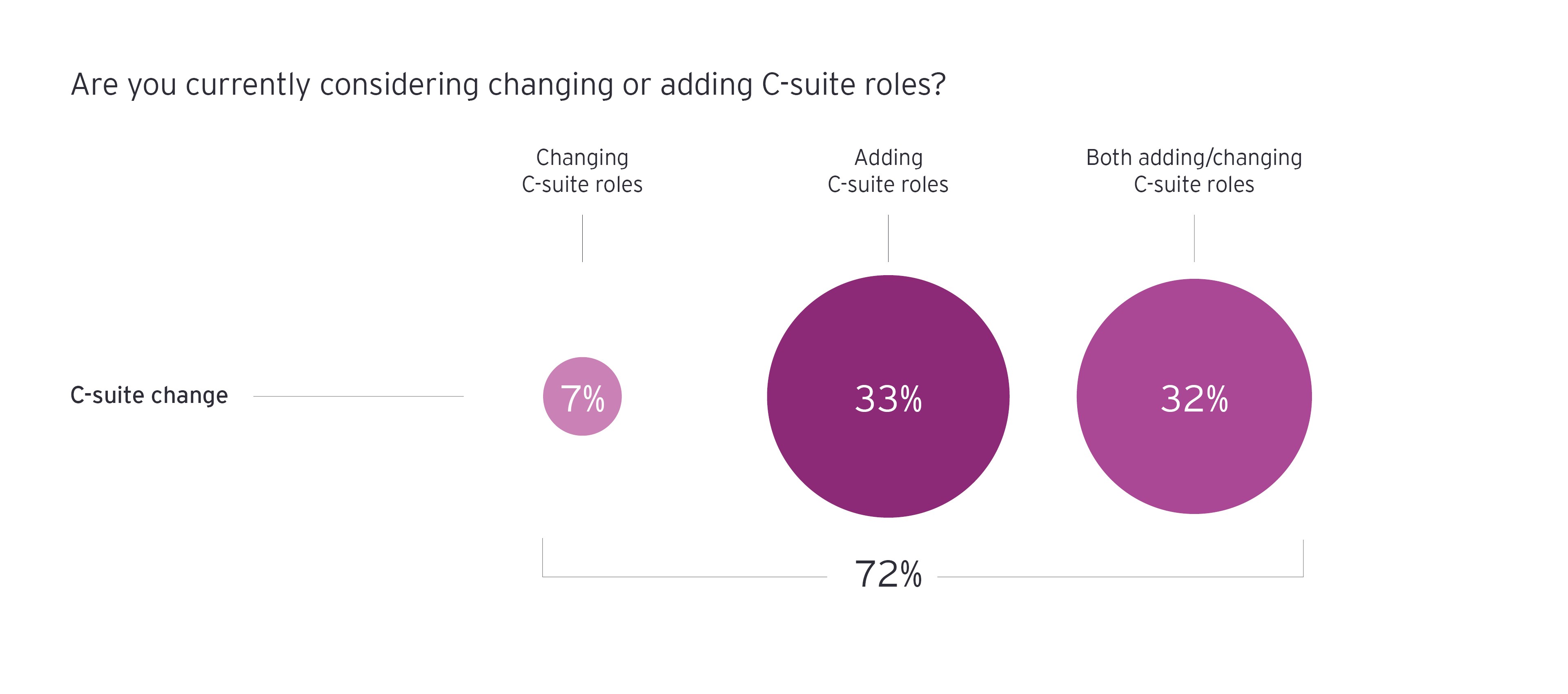New challenges for the CEO
These new capability requirements make the CEO’s job even harder, respondents said, by requiring them to have expertise in many areas that were not formerly in the realm of their expected competencies. CEOs must be able to develop and access a broader ecosystem — bring the outside in — to fill knowledge and capability gaps and surround themselves with people who bring all kinds of diversity to ensure more innovative outcomes.
“Gone are the days of Peter Drucker and the belief that anybody can be a CEO of any company,” said the former CEO and Chairman of Quest Diagnostics, Surya N. Mohapatra, now an independent director of Xylem Inc. and Leidos. “In the time of the Fourth Industrial Revolution, where technology and expertise matter, you have to have industry experts or sector experts to move really quickly. The next CEO, apart from having the qualities like integrity and high values, has to be a subject matter expert.”
New approaches to C-suite transformation
So, is remixing the composition of the C-suite the best way to respond to fast-changing markets? Our study participants suggest other kinds of changes to the C-suite model are needed to thrive in the next decade.
Less hierarchy; multi-stakeholders
“It can no longer be just about the CEO,” Mohapatra says. “Boards are going to get more and more involved in talking to investors, and with the CEO and the management. As a result, the C-suite is going to become at a minimum a hybrid C-and-B-suite. But eventually it will become a multi-stakeholder suite where the investor has a say, the customer has a say, along with the board and CEO. You may have a rotational CEO.”
Ute Gerbaulet, General Partner at Bankhaus Lampe, and Supervisory Board Member of RWE, also predicts change. “The very hierarchical C-suite is going away, even in traditional family-owned companies. Management is becoming more transparent, more in communication with people. It is more about a shared purpose.”
Greater agility; breaking silos
“In some cases, I’m not sure that the traditional structure of the C-suite is best suited for the future,” says World Wide Technology CEO Jim Kavanaugh. “If the decision-making process is too slow and cumbersome, that could be problematic for organizations. As markets move and get digitally disrupted faster than ever, organizations need to make sure that they have the right level of governance and structure in place that’s tied to a more agile, nimble and creative organization.”
The CEO of Mashreq Bank, Abdul Aziz Al Ghurair, says: “The way organizations are run should change dramatically because we are still driven in silos. Being agile means that you put the product, the sales, the marketing, the operation, the risk and the technology as one group.”
Al Ghurair warns: “There will be a lot of resistance from within the organization because it just destroys all the organization's structure that you have, and you rebuild it all over again. And in this process, you may even need a different caliber of people, because some people may not be fit to run that new role. People are scared of these changes.”
Ask yourself: Does your C-suite need overhauling?
Given the increasingly high stakes of executive decision-making, now is the time for business leaders to assess their C-suite in light of the challenges and opportunities likely to present themselves over the next decade.
“Amidst the upheavals rewriting the rules of business strategy, yesterday’s leadership model isn’t likely to work tomorrow,” observes Michael Kanazawa, EY Global Innovation Realized. “CEOs and their C-level teams must broaden their horizons, looking beyond current market drivers to capture a fuller, more dynamic picture of what a less obvious future may hold. C-suites must develop the governance and agility to innovate nimbly against this intentional view of the future.”




